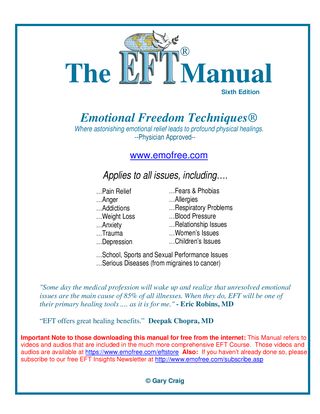AAC | 317 Kbps | 48.0 KHz | 2 channels | 02:33:07 | 3.40 GB
We can’t help our patients fully recover from trauma if we don’t treat the unspoken part of their experience. But how can we treat what our patients can’t verbalize? Peter Levine, PhD has been at the forefront of developing strategies for working with the unspoken voice of trauma. That’s why we’re bringing you this short, focused course (at a discount)
How to Work with the Part of Trauma That Can’t Be Verbalized
Peter Levine, PhD
Why Memory May Not Be Necessary for Patients to Heal from Trauma
The SIBAM Method: Five Steps to Help Patients Track Trauma in Their Bodies
How Body Awareness Can Help You Detect and Treat What Your Patient Can’t Verbalize
One Practice to Help Clients Contain Feelings and Sensations
How a Sense of Aliveness and Vitality Promotes Healing from Trauma
Peter will guide you through an approach you can use to observe and read your patients’ body signals following trauma. You’ll also get strategies to help clients contain emotions and sensations so they can reclaim a sense of safety.
Plus, we’ve layered this course with practical tools you can use to fully integrate Peter’s teaching into your work.
Working with the Effects of Early Life Trauma and PTSD on the Brain
with Ruth Lanius MD, PhD
How to Integrate a Sense of Time, Thought, Body, and Emotion into Your Interventions
How to Adapt a Body Scan for a Traumatized Client to Uncover What’s Goin
How to Help Clients Emerge from Shutdown So They Can Feel a Wide Range of Emotions
Moving Trauma Survivors from a Fragmented to a Coherent, Integrated Sense of Self











Reviews
There are no reviews yet.